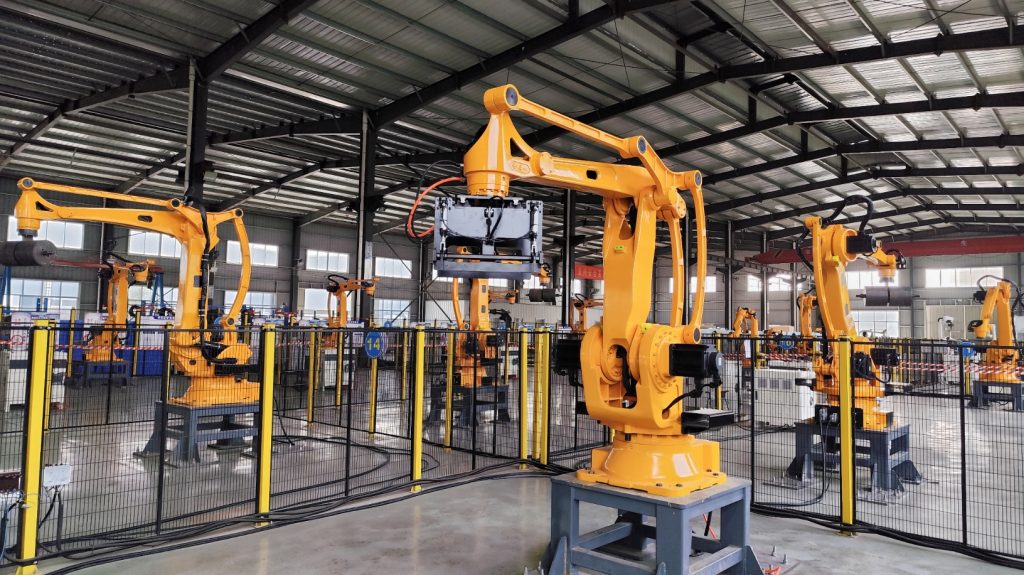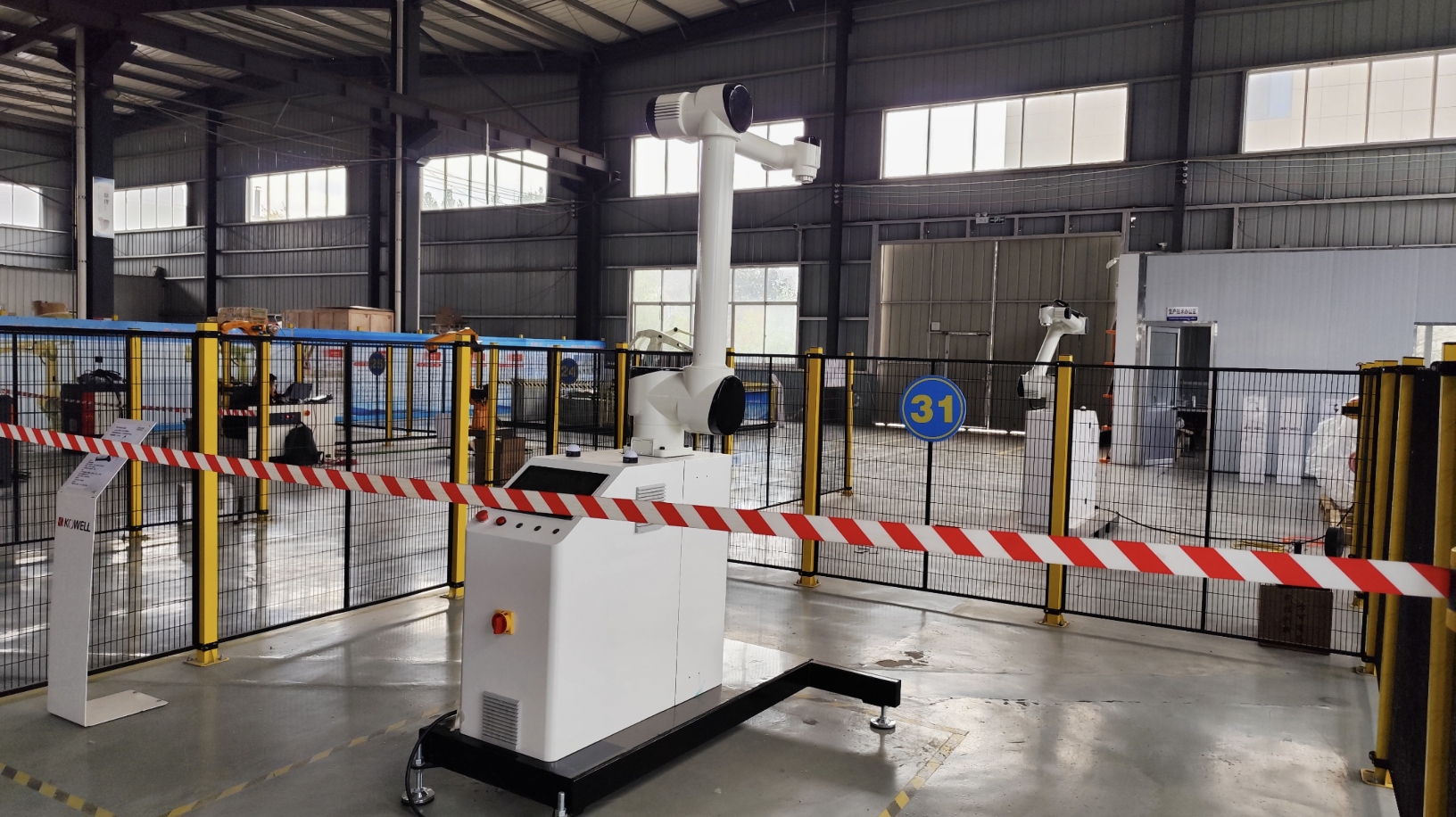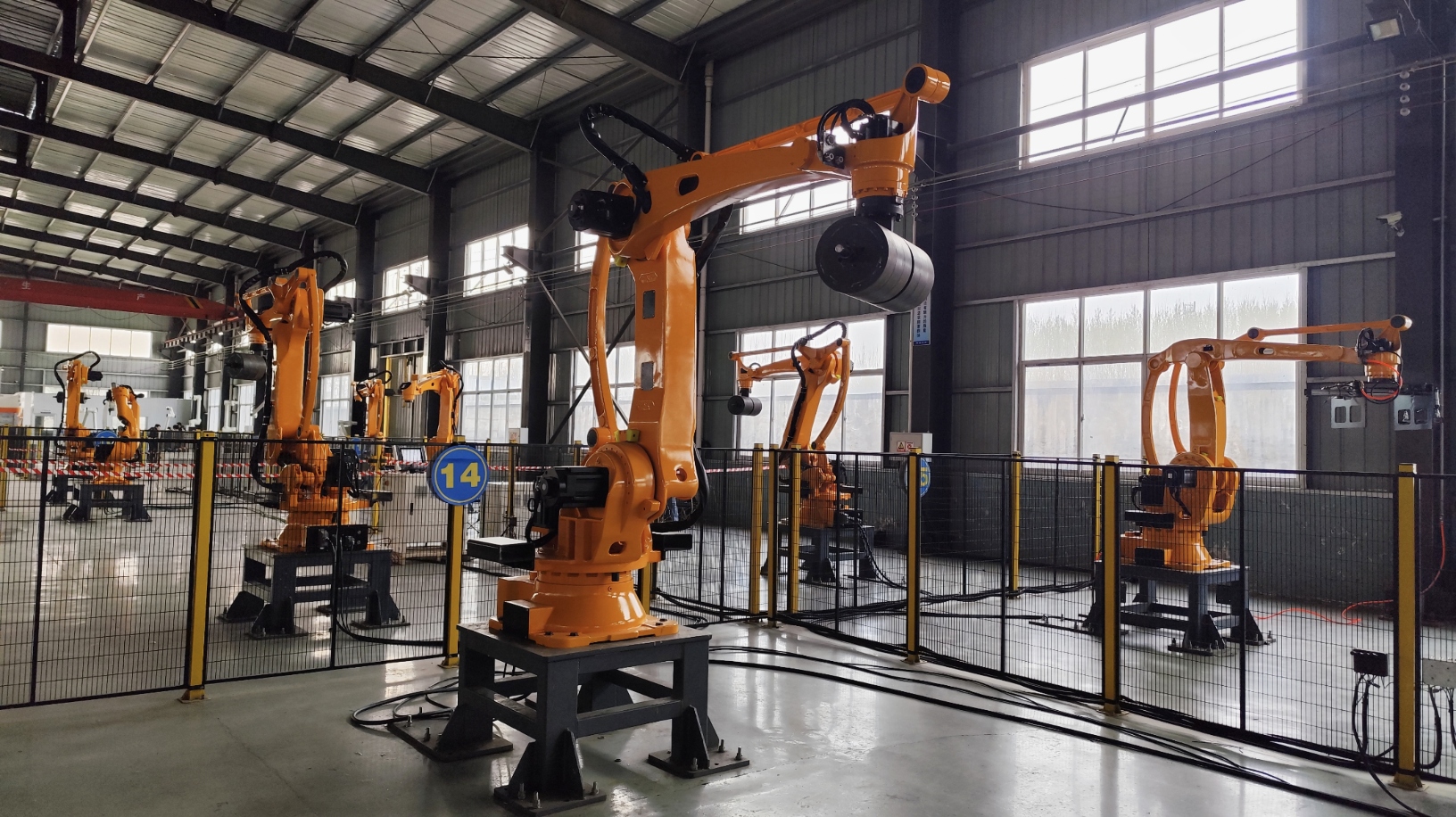In the modern manufacturing system, rhythm is not only a measure of time, but also a reflection of efficiency. KOWELL is driven by innovation and is born for manufacturing efficiency. In this era of continuous pursuit of smooth flow, production line handling robots are gradually leaping from auxiliary roles to key driving forces, participating in and changing the way factories operate.
Traditional production lines often face some difficulties in the material handling link: unstable manual allocation, too many repeated workstations, and loose connection between processes. These problems are like "rhythm breakpoints", slowing down the advancement of the entire process. Especially in the production scenes of multiple varieties and small batches, the problems of frequent switching and long waiting time are particularly prominent.
In this context, production line handling robots came into being. It is not just "moving things for people", but also helping to keep the production rhythm consistent and making the work of one link after another smoother.
Compared with traditional handling methods, production line handling robots are more flexible. It can quickly respond to changes in the rhythm of the production line and achieve seamless connection between different workstations. No matter which part of the process has temporary changes, it can be put into handling in time to "make up" the rhythm.
For example, on a production line, when the upstream process is slightly delayed, the robot can adjust the handling rhythm to avoid waiting too long downstream. Conversely, when the demand increases, it can also speed up the action frequency and fill the position in time. It is like a tireless "metronome", constantly guarding the stable rhythm of the production line.
In the past, when we talked about robots, we paid more attention to its handling speed and load-bearing capacity. But now, its value has extended to the coordination of the entire operation process.
The production line handling robot can be connected to the control system of the production line, arrange its own handling tasks according to the production schedule, and achieve "targeted". For example, when a batch of orders is produced first, the robot can respond quickly, give priority to the relevant materials, and improve the overall response speed.
This ability not only improves the efficiency of handling, but also improves the collaboration level of the entire team. It is not working alone, but working with the entire system to make the work smoother.

Nowadays, the scope of use of production line handling robots has long exceeded the traditional role of "end handling". It is gradually participating in multiple links such as loading and unloading, intermediate process conversion, and transfer buffering.
For example, on a food packaging line, the robot is not only responsible for packing the finished products, but also automatically adjusts the stacking method according to different packaging types. In another manufacturing company, the robot is used for raw material loading and semi-finished product transfer, which greatly reduces the burden of workers running back and forth.
These examples show that the production line handling robot is no longer just a "porter at the end", it is becoming the main driving force for the flow of production lines.
The introduction of production line handling robots may initially be intended to save labor costs, but the value it brings is far more than that. The greater gain is the continuity of the production process and the optimization of resource allocation.
With the robot, enterprises can free up manpower from repetitive handling and invest it in positions that require more experience and judgment, such as quality control and process monitoring. In this way, not only are people and positions more matched, but the overall operation is also more flexible.
In addition, a stable rhythm means that production arrangements are more controllable and can reduce hidden costs such as rework and waiting. Time is production capacity, and with a smooth rhythm, the output value will naturally rise.
Looking to the future, the handling robot will not just be a "stand-alone operation". It will be increasingly integrated into the entire production line collaboration system and form a linkage with other automated equipment.
For example, in some leading companies, handling robots have begun to be linked with storage systems, transmission lines, and industrial control systems. When factories adjust production lines or change product types, they only need to set up simple settings, and the robot can quickly switch handling tasks.
At the same time, modular and standardized design ideas are also emerging, making robots easier to deploy and maintain, and companies are more worry-free when expanding production capacity or upgrading equipment.
Behind the manufacturing rhythm is the embodiment of coordination and responsiveness. KOWELL has accumulated technology for many years and enabled thousands of enterprises to transform into intelligent production lines. The handling robot for production lines plays an increasingly important role in these details. From handling actions to process connection, from rhythm following to coordinated advancement, it is no longer a simple "machine", but an indispensable part of modern production lines.


Hello, the current customer service is offline. You can leave your contact information and the staff will respond to you as soon as possible!